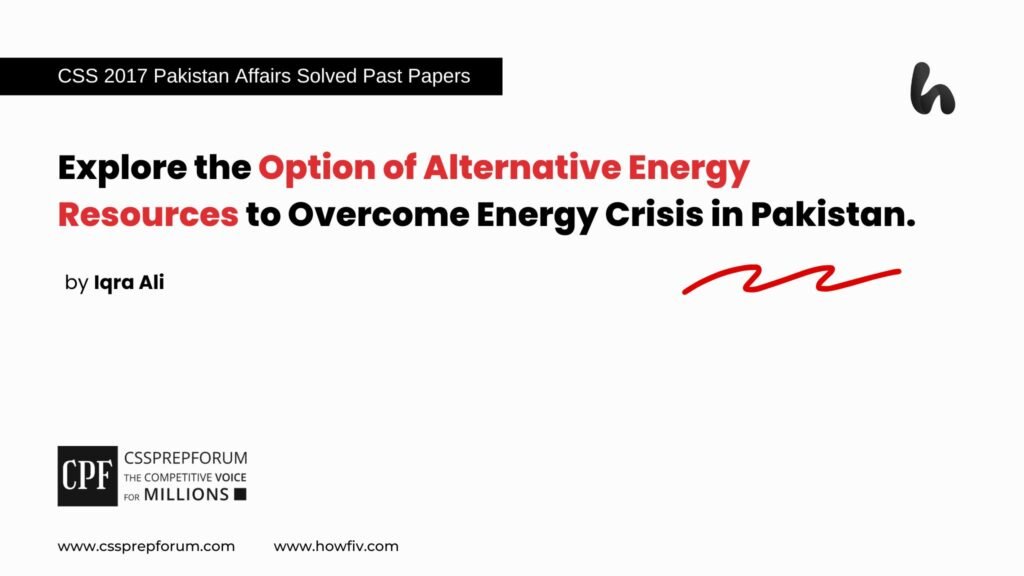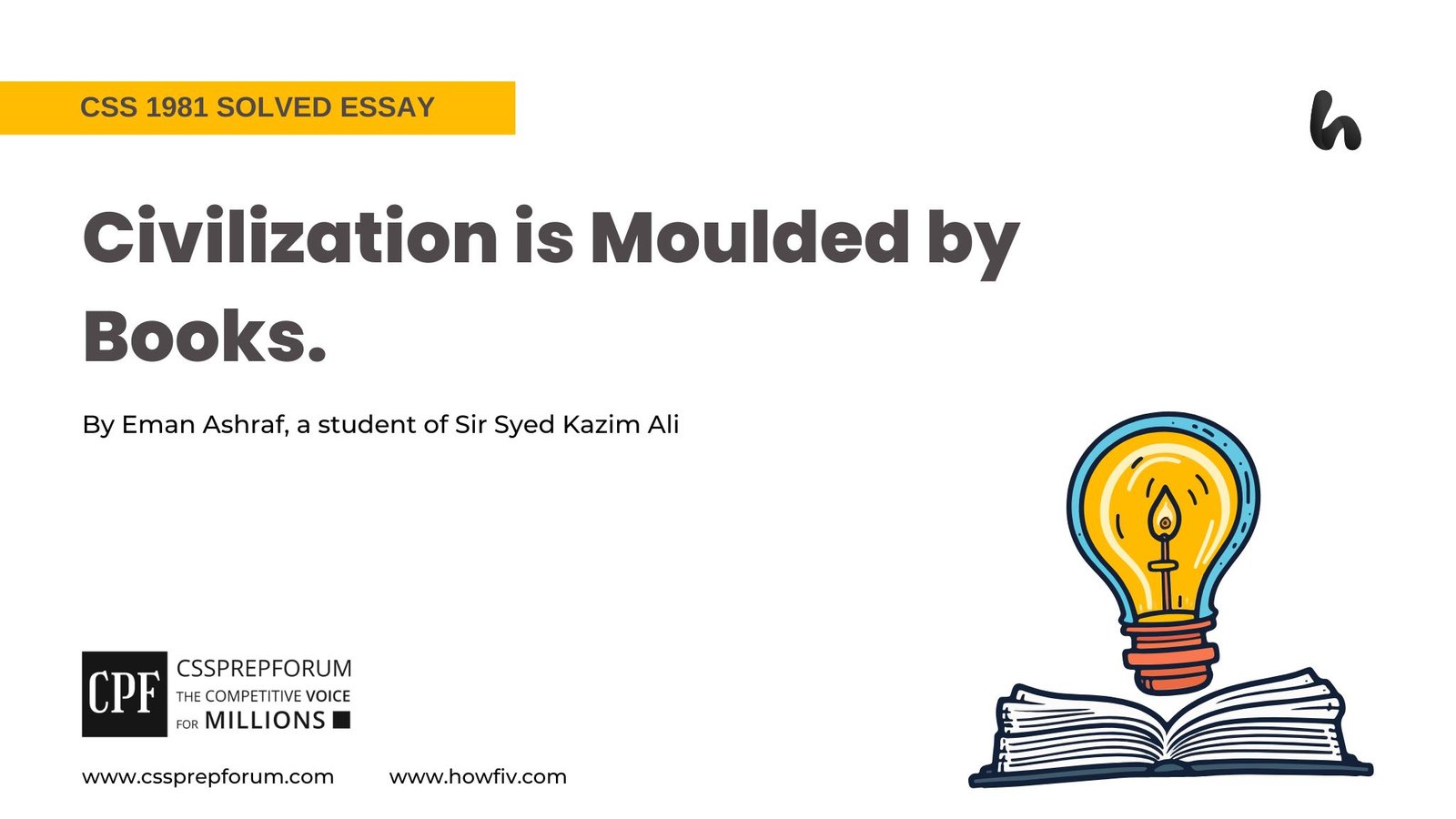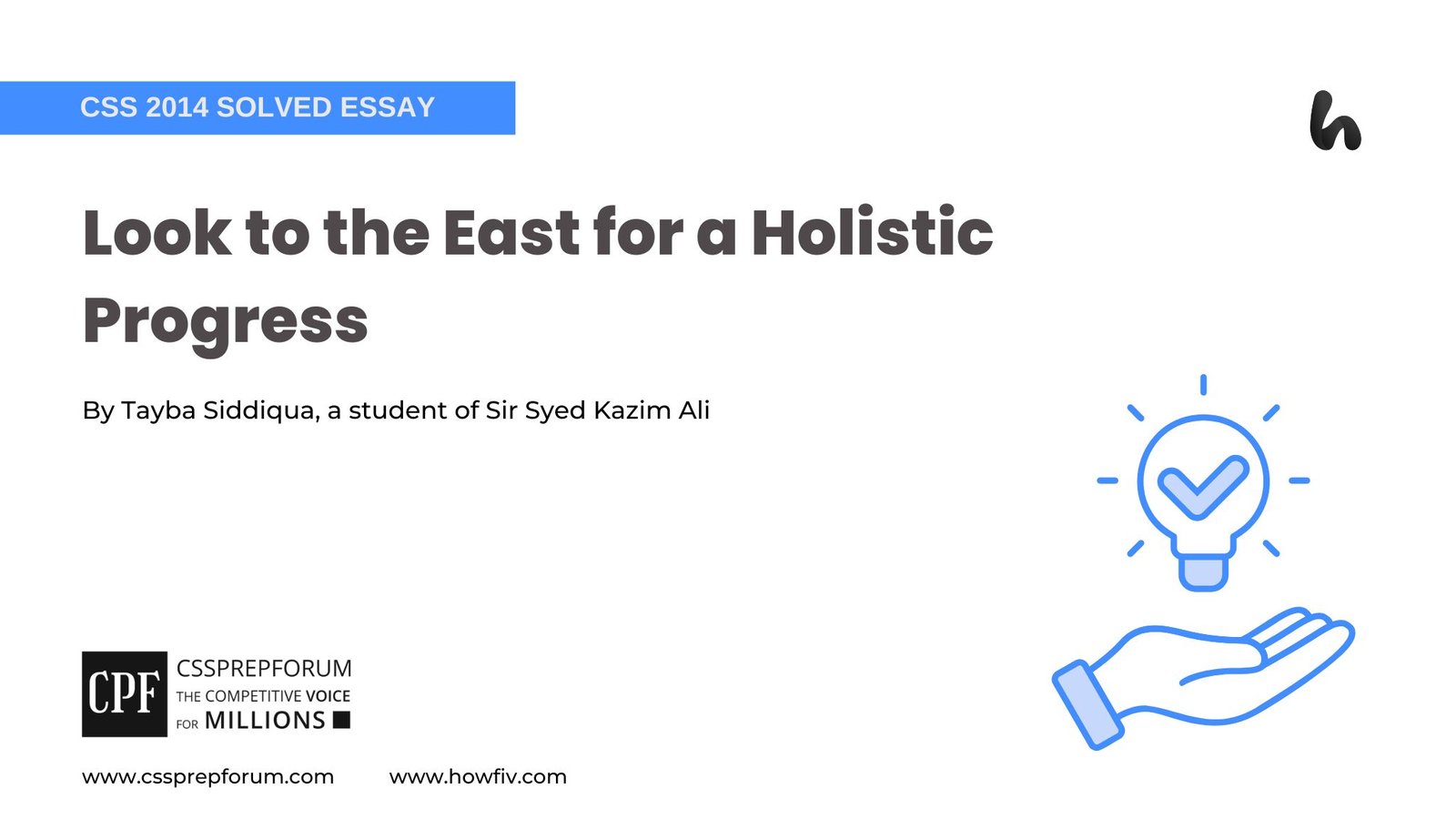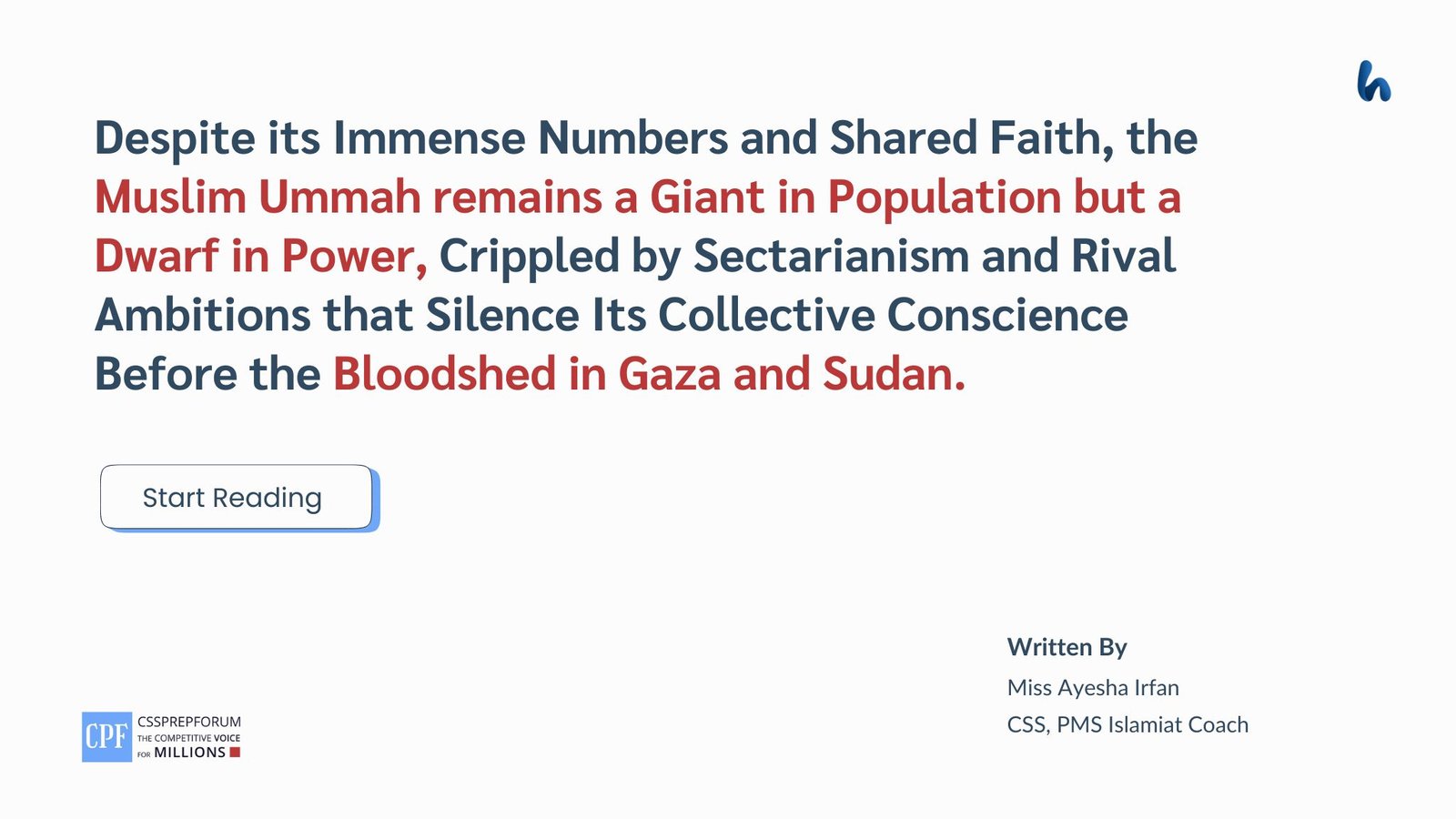CSS 2017 Solved Pakistan Affairs Past Papers | Option of Alternative Energy Resources in Pakistan
The following question of CSS Pakistan Affairs 2017 is solved by Miss Iqra Ali, the best Pakistan Affairs Coach, on the guided pattern of Sir Syed Kazim Ali, which he taught to his students, scoring the highest marks in compulsory subjects for years. This solved past paper question is uploaded to help aspirants understand how to crack a topic or question, how to write relevantly, what coherence is, and how to include and connect ideas, opinions, and suggestions to score the maximum.

Question Breakdown
In this question, one has to explain the options of alternative energy sources that can address Pakistan’s energy woes
Outline
1-Introduction
2- Historical Background of the Energy Crisis in Pakistan
3-Overview of Government Steps to incorporate alternative energy sources to fulfill country’s energy demand
- ✓ Policy Framework for Power Cogeneration Biomass and Bagasse 2013
- ✓ Net Metering policy for Solar PV and Wind projects 2015
- ✓ Alternative and Renewable Energy Policy 2019
- ✓ Indicative Generation Capacity Expansion Plan (IGCEP) 2047
4- Alternative energy sources that can address Pakistan’s mounting energy crisis
- ✓Solar Energy
- ✓Wind Energy
- ✓Hydroelectric Energy
- ✓Nuclear Energy
- ✓Biomass Energy
- ✓Geothermal Energy
5-Conclusion

Answer to the Question
Introduction
Pakistan has been facing an energy crisis for decades now. The country has drafted several policies, but they have largely proved ineffective in tackling the issue, mainly due to their poor implementation. However, as the world is entering into an era of green energy, the country’s investment in renewable energy sources can optimize its energy mix and meet its growing energy demand. Fortunately, the country’s geography gives it great potential to avail natural solar radiations and gushing winds in its coastal areas to produce enough electricity to meet its needs through sustainable and eco-friendly practices. For this purpose, the country has already devised many policies, such as Alternative and Renewable Energy Policy (2019) and Net Metering Policy, to increase its reliance on renewable energy sources and diversify its energy production sources. In a nutshell, alternative energy sources present significant potential to address Pakistan’s longstanding energy predicament.
Historical Background of Energy Crisis in Pakistan
Pakistan has faced a serious energy crisis since 1994, when the energy shortage reached 2000 MW, causing significant load shedding in the country. However, due to the poor implementation of a number of policies drafted to address the crisis, the current state is extremely alarming. At present, Pakistan’s energy demand stands at 28,200MW while the supply stands at 21,200MW. In other words, the power gap surpasses 7000MW. Prolonged power cuts, mounting electricity tariffs, and burgeoning circular debts reflects the sorry state of the country’s energy sector
Overview of government steps to incorporate alternative energy sources to fulfil the country’s energy demand
- Policy Framework for Power Cogeneration Biomass and Bagasse 2013
In 2013, Economic Coordination Committee (ECC) approved an addition to the mid-term renewable energy policy by including biomass, bagasse, and waste into energy and bioenergy as sources of renewable energy production. Many Small Power Producers (SPPs) have started their operations under the framework, including JDW Sugar Mills (II), a 26.35MW installed capacity, JDW Sugar Mills (III), a 26.35MW installed capacity, RYK Mills with a 30MW installed capacity, and Chiniot Power Plant with (Sharif Group) of 62.4MW installed capacity.
- Net Metering policy for Solar PV and Wind projects 2015
In 2015, the state’s body, National Electric Power Regulatory Authority (NEPRA), announced the net metering policy. The policy stated that solar PV and wind generators of 1 MW capacity are allowed to sell back the produced electricity to country’s grid. The policy clearly incentivizes those shifting towards renewable energy sources, wind and solar, to reduce the burden on national grid and address the energy dilemma of the country.
- Alternative and Renewable Energy Policy 2019 (ARE 2019)
Pakistan drafted the ARE 2019 to create a conducive and supportive environment for the country’s transition toward renewable energy. The main aim is to encourage people to adopt renewable energy sources, which would reduce the load on the national grid and help people escape the power shortages in the country, which have severely impacted the industrial sector. The policy aims to increase the reliance on renewable energy production up to 25% by 2025 and 30% by 2030. In essence, the policy symbolizes a national shift towards renewable energy resources to meet growing energy demand.
- Indicative Generation Capacity Expansion Plan (IGCEP) 2047
INGCEP 2047 is a strategic step taken by the National Transmission and Dispatch Company (NTDC) as it aims to expand power generation, transmission, and distribution systems in order to meet the growing demand for next 27 years. To reduce reliance on imported fuels, the plan aims to phase out oil and re-gasified LNG plants, lower the utilization of newly constructed imported coal-fired fleet, aggressive renewable additions in the short-run and 55 GW of hydropower capacity additions by FY 2047. In a word, the plan aims to increase the country’s energy supply in order to effectively meet demand in the future.
Alternative energy sources that can address Pakistan’s mounting energy crisis
- Solar Energy and its potential in Pakistan
Pakistan’s location (between 24 degrees and 37 degrees north) and its climate make the country totally suitable for exploiting solar radiation to meet a substantial portion of its energy needs. Most regions in the country receive 8-10 hours of sunlight daily and a total of around 300 sunny days annually. This makes the country a perfect place for utilizing solar rays for running its residential and industrial sectors. According to Pakistan’s Alternative Energy Development Board (AEDB), Pakistan has a solar energy potential of around 2900 GW that can effectively address Pakistan’s energy conundrum.
- Wind Energy and its potential in Pakistan
Pakistan is located in a region where there is significant potential for utilizing wind power potential, particularly in the coastal areas of Sindh and Balochistan, along with northern areas like Swat. According to National Renewable Energy Laboratories (NREL), USA, and the United States Agency for International Assistance (USAID), Pakistan has a wind energy potential of 346,000 MW, with 120,000 MW technically viable for the country to be incorporated into the national grid. Areas like the Gharo corridor in Sindh are identified to have a wind energy capacity of 50,000 MW, along with a number of other spots that are considered to have substantial wind power potential. In short, wind energy presents a resource that can relieve Pakistan’s energy predicament.
- Hydroelectric Energy and its potential in Pakistan
Pakistan has significant hydropower potential, particularly Small Hydro Power Projects (SHPPs), in areas ranging from the Arabian Sea to mountains, such as Hindukush, Karakoram, and the Himalayas. Pakistan has a hydropower potential of around 42,000 MW, but sadly, around 16% of the total potential is only utilized. Projects like Kalabagh Dam, having the potential of 3600 MW of electricity generation, and Diamer-Bhasha Dam, having the potential of 4500 MW of electricity generation, reflect the substantial hydropower potential the country is blessed with. Tapping the country’s available hydropower potential can resolve its longstanding energy woes.
- Nuclear Energy and its potential in Pakistan
Pakistan, being a nuclear power, cannot understate its nuclear power potential that can address its burgeoning energy crisis. Nuclear power plants occupy less space and require less operational cost; moreover, they are resilient to price, weather events, and grid issues. The country currently produces 3530 MW of nuclear energy with six nuclear reactors-two in Karachi and four at Chasma, Punjab-but there is a potential to expand this figure. Pakistan Atomic Energy Commission (PAEC), the sole body producing nuclear energy in the country, has already set the target of reaching 8,800 MW of nuclear energy production by the end of 2030 as part of the Energy Security Plan (2005-2030). The completion of K-3 of the Karachi Nuclear Power Producer (KANUPP) facility and C-5 of the Chasma nuclear power-producing facility will significantly boost the current capacity. In short, nuclear energy is also a way to get some degree of relief from the country’s growing energy conundrum.
- Biomass Energy and its potential in Pakistan
Biomass energy is a low-carbon energy source that originates from plants, animals, and agricultural and municipal wastes. In Pakistan, there is a significant biomass energy potential, owing to 70% of the population residing in rural areas. This segment of the population relies on agriculture and livestock, producing annually 50,000 tons/day of solid waste, 225,000 tons/day of agricultural residues and around 1 million tons/day of animal manure. Moreover, in the sugar industry, bagasse has the potential to produce 1800 MW of electricity. The biogas produced from these waste materials can be used to generate electricity and to serve as a vehicle fuel. The estimated biogas production potential in the country is 13-15 million cubic meters per day, sufficient for more than 28 million rural residents. Moreover, the country also enjoys significant potential in biofuel production- biodiesel and bioethanol, for which Pakistan Sugar Mills Agency (PSMA) is majorly responsible. The country has an estimated potential of 400,000 tons of bioethanol every year. Similarly, the country also has a potential in producing biodiesel through the cultivation of castor beans, which are cultivated in several regions of the country. In a word, biogas and biofuel also have a significant potential in addressing the country’s energy crisis.
Conclusion
With the world moving towards green energy and green technologies to meet growing energy needs, Pakistan should also increase its investment in alternative energy production sources that are locally available in abundance, such as solar and wind energy sources, to overcome its energy conundrum. Similarly, its population in rural areas relying on agriculture and livestock present potential in biogas production that can then be converted to electricity. Moreover, Pakistan, being a nuclear country, should also increase its nuclear power-producing potential to alleviate the current power crisis. In short, Pakistan should adopt alternative energy resources, instead of relying on conventional oil-based energy, to address its longstanding energy crisis that has marred the country’s forward leap.
CSS Solved Past Papers’ Essays
Looking for the last ten years of CSS and PMS Solved Essays and want to know how Sir Kazim’s students write and score the highest marks in the essays’ papers? Then, click on the CSS Solved Essays to start reading them.
CSS Solved Essays
CSS Solved General Science & Ability Past Papers
Want to read the last ten years’ General Science & Ability Solved Past Papers to learn how to attempt them and to score high? Let’s click on the link below to read them all freely. All past papers have been solved by Pakistan’s top CSS GSA coach having the highest score of their students.
General Science & Ability Solved Past Papers












